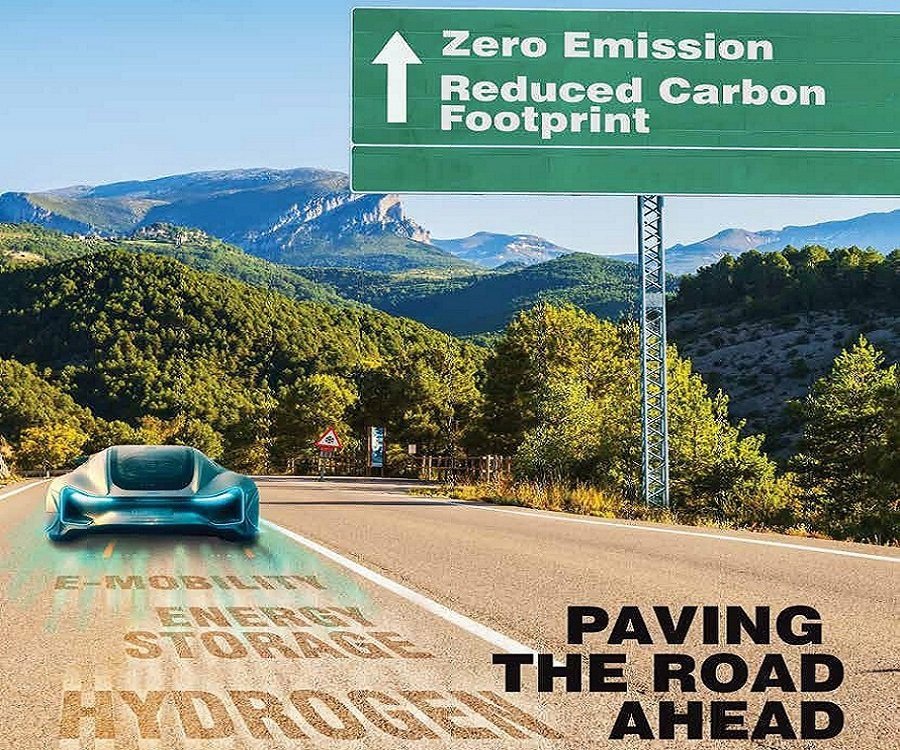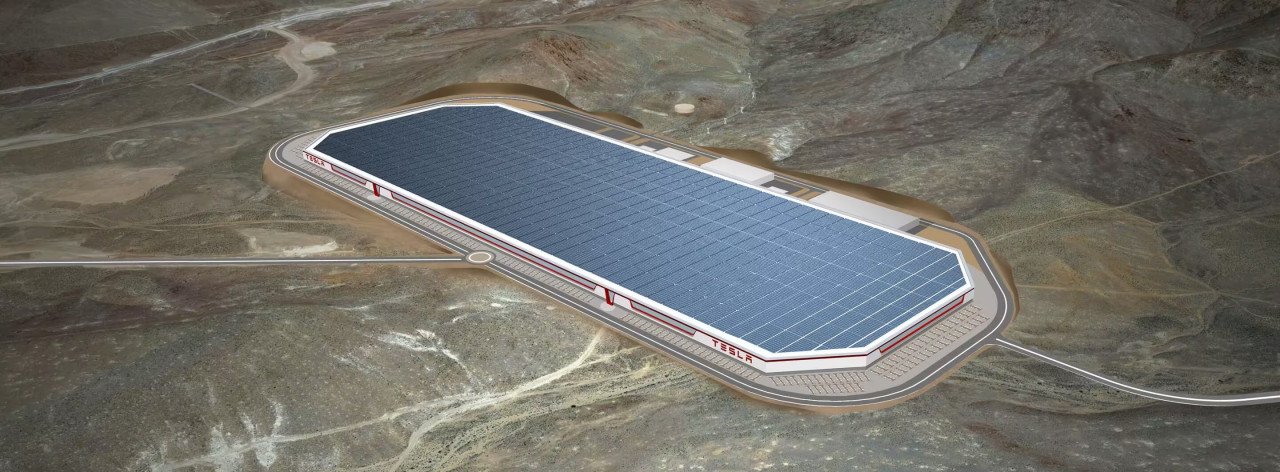Blue Hydrogen can support significant emission reductions in US: API
The American Petroleum Institute (API) has recently released a new analysis on the benefits of low-carbon hydrogen produced from natural gas, with an emission reduction potential to the tune of 180 million metric tons of greenhouse gas (GHG) emissions on average per year.
The study, commissioned by API and conducted by ICF, found that hydrogen produced from natural gas alongside carbon capture could eliminate an additional 180 million metric tons of GHG emissions on average per year through 2050, and save over $450 billion cumulatively through 2050 when hydrogen incentives are uniformly provided based on a per ton of GHG emissions reduced.
"Our industry is committed to advancing innovative technologies like low-carbon hydrogen, which are crucial to reducing GHG emissions economy wide," said API Vice President of Corporate Policy Aaron Padilla.
"Working together with policymakers to incentivize all forms of low-carbon hydrogen and accelerate hydrogen production through programs under the Bipartisan Infrastructure Law, we can drive down emissions while ensuring American consumers have access to the reliable energy they need", Aaron added.
API analysis of the study's finding show that uniform incentives for producing hydrogen from natural gas, electricity and other energy sources are critical to meeting the U.S. Department of Energy goal of 50 MMT of clean hydrogen produced by 2050, as laid out in the recently published National Clean Hydrogen Strategy and Roadmap.
The study has also found that critical hydrogen infrastructure, like hydrogen storage, pipelines and local distribution systems, will be required to unleash hydrogen's potential to contribute to significant GHG emissions reductions.
Capital investment in hydrogen infrastructure projects could exceed $400 billion by 2050 and include the construction of 67,000 miles of hydrogen transmission pipeline, 500,000 miles of customer laterals and local distribution company pipeline/service lines, and 560 trillion Btu of hydrogen underground storage capacity.
Other important takeaways from the API report are as following:
- Larger Hydrogen Market: When every ton of emission reductions are incentivized the same, the U.S. hydrogen market could be three times larger by 2050 than when emission reductions are treated unequally (i.e., hydrogen market could be 15 percent of total end use energy consumption in 2050 versus 4 percent of total end use energy consumption in 2050).
- Larger GHG Emission Reductions: The larger hydrogen economy resulting from uniform incentives could avoid an additional 183 million metric tons of U.S. GHG emissions on average per year through 2050 than if incentives were unevenly implemented by taking advantage of low-cost options, like hydrogen produced from natural gas with carbon capture. Enabling incentives for all hydrogen production is equivalent to eliminating the emissions from more than 38 million cars annually, according to API analysis.
- Less Costly Emission Reductions: Uniform incentives could reduce the cost of mitigating a metric ton of carbon by an average of 12 percent annually over the study period, saving over $450 billion cumulatively through 2050.




















